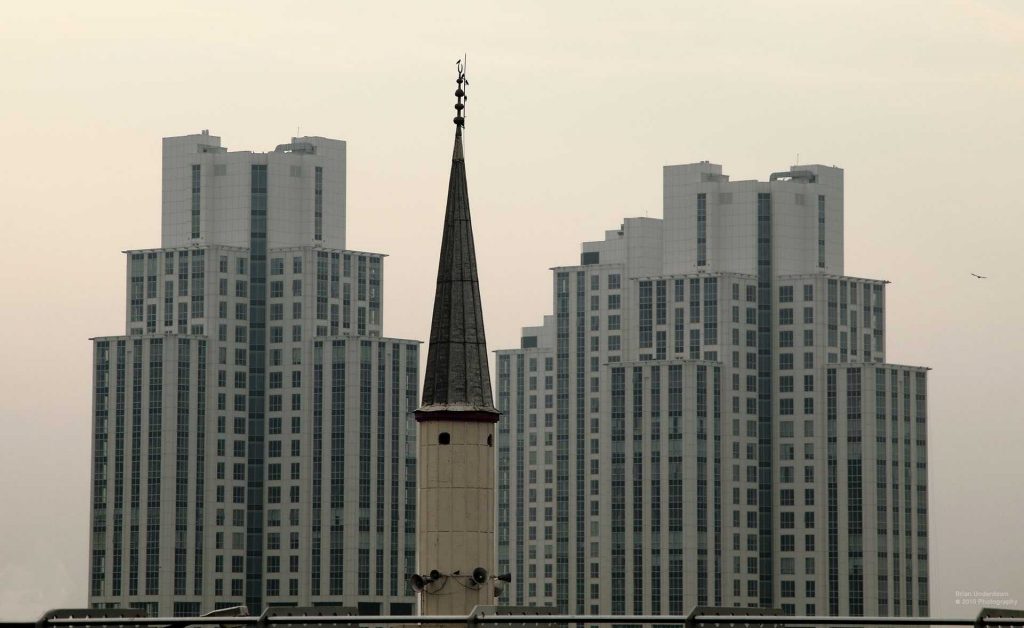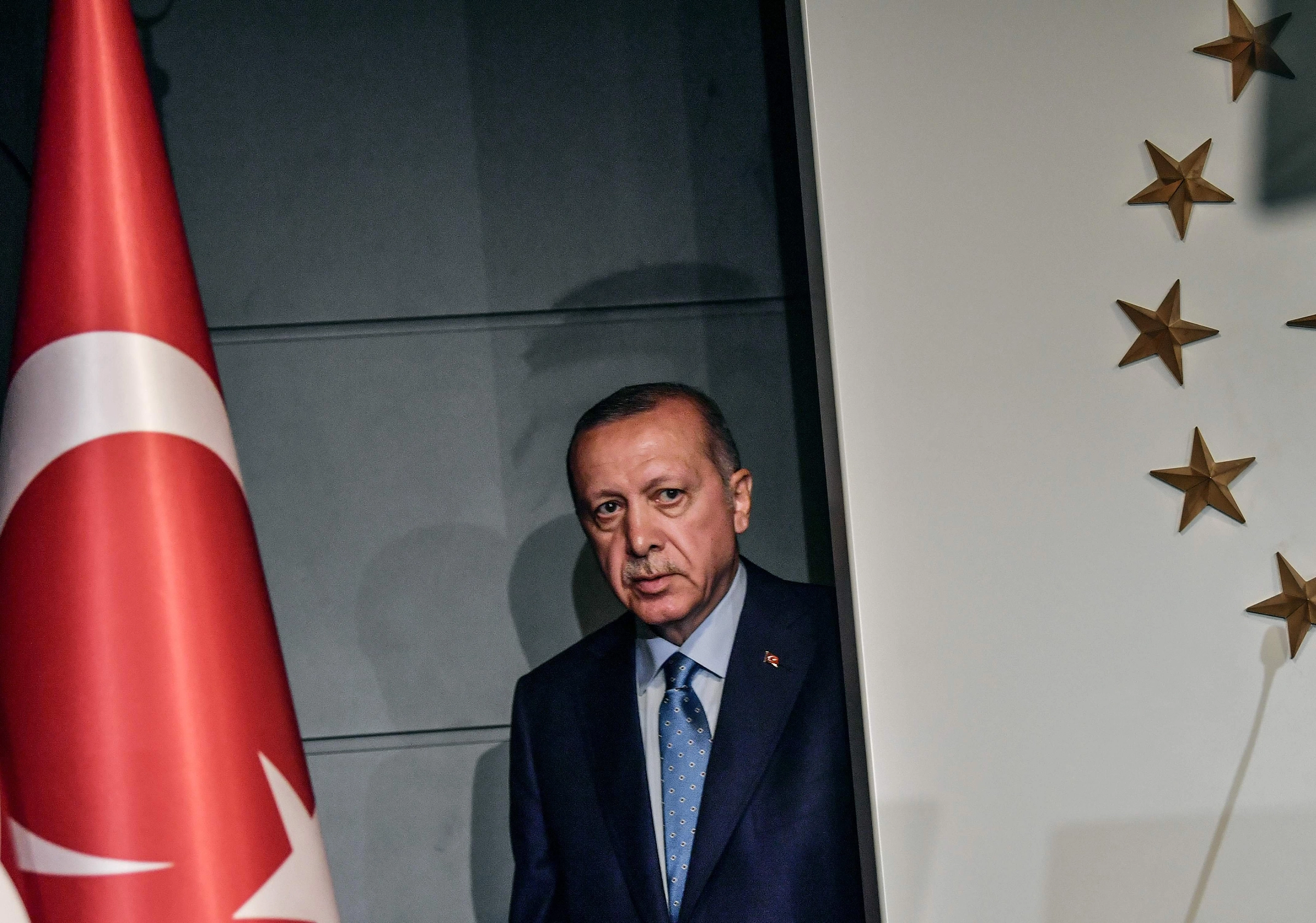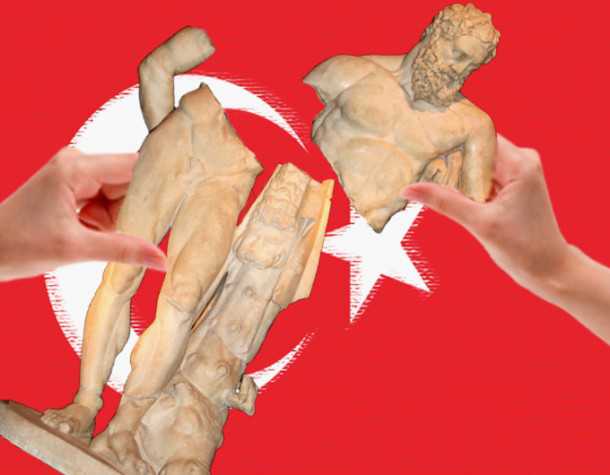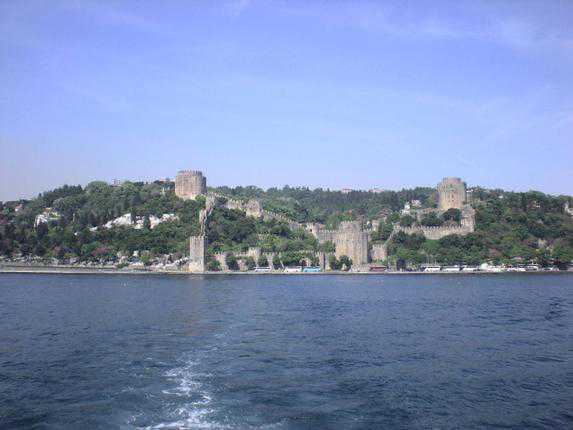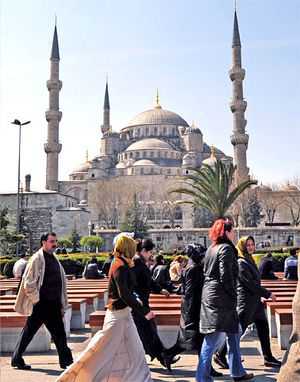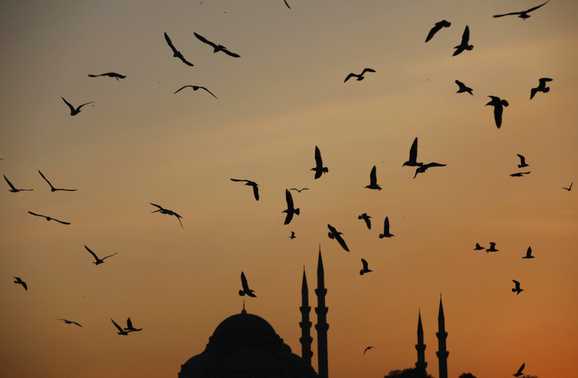July 9, 2008
By Fred Burton and Scott Stewart
A July 7 attack on the Indian Embassy in the Afghan capital of Kabul that killed two high-level diplomats has all the signs of a targeted assassination versus a strike aimed at the building itself with the goal of incurring a high body count.
The morning of July 7, 2008, began normally enough at the Indian Embassy in Kabul. Afghan citizens began to queue up on the dusty street outside the fortified compound in hopes of obtaining a visa, while shopkeepers nearby offered refreshments, visa photos and other administrative services to the aspiring visa applicants. One by one, the Indian employees of the embassy began to arrive at work and pass through security checks at the gate.
At around 8:30 a.m, as two embassy vehicles were in the process of entering the compound, the stillness of the morning was shattered when a suicide operative rammed his Toyota Corolla into the second of the two embassy vehicles and then activated the powerful improvised explosive device (IED) concealed in his car. The powerful blast destroyed the two embassy vehicles and blew the gates off the embassy’s outer perimeter. The blast killed at least 58 people and injured more than 140. Among those killed in the attack were two high-level diplomats: Indian Defense Attache Brig. Gen. Ravi Dutt Mehta and the embassy’s Political and Information Counselor, Vadapalli Venkateswara Rao. The blast also killed two Indo-Tibetan Border Police security officers, a local Afghan employee of the embassy and some 10 local police officers assigned to guard the facility. Several other Indian employees were injured in the attack, as were two foreign diplomats and several security personnel as signed to the adjacent Indonesian Embassy. Among those hit the hardest were the people standing in the visa line.
A Taliban spokesman, Zabiullah Mujahid, denied that the group was involved in the attack. However, it is not uncommon for the Taliban to deny responsibility for attacks that kill a large number of civilians, as they did in the Feb. 17, 2008, suicide attack in Kandahar that killed more than 100 people. The use of a suicide operative in the attack is a clear indication that it was conducted by the Taliban or their al Qaeda brethren, and the fact that the attack was conducted in Kabul — where a non-Afghan would stand out — would make the Taliban the most likely suspects, though it is quite possible they had assistance from al Qaeda or Pakistan’s Inter-Services Intelligence Agency (ISI).
The explosive device was powerful, but it was not the type of very large device one would use in an earnest attempt to destroy a building. Due to the size of the device and the identity of the victims, it is quite possible that this attack was a targeted assassination attempt and not an effort to destroy the embassy itself. The attack was well-executed and effective, and there are several lessons that can be drawn from it.
Target Selection
The Indian Embassy is a logical target for the Taliban to strike for variety of reasons. Perhaps the most significant reason is the history of India’s involvement in Afghanistan. New Delhi has long sought close relationships with the government of Afghanistan as a way to encircle and pressure India’s rival Pakistan. To this end, India has been one of the largest international supporters of Afghan President Hamid Karzai’s government. The government of India was also heavily involved in supporting the Northern Alliance as it fought against the government of the Taliban — which was very much a creature of the Pakistani ISI. The Indian government saw support of the Northern Alliance as a way to keep a check on Pakistani influence in the region.
While a number of Taliban attacks in recent years have killed or injured Indian engineers and workers involved in Indian-financed reconstruction projects in Afghanistan, this is the first time an Indian diplomatic post has been the target of a large-scale attack, even though India maintains consulates inside Afghanistan in locations such as Jalalabad, Herat and Mazar-e-Sharif and even Kandahar.
While Monday’s attack was the first attack of this scale against an Indian diplomatic target in Afghanistan, small-scale attacks have occurred before. In December 2007, the Indian Consulate in Jalalabad was targeted by a small-scale attack when two small explosive devices were hurled at the building during the night. The consulate in Kandahar was targeted by a similar attack in October 2006, when a man threw two hand grenades at the building from a motorbike.
Another reason for the Taliban to target the Indians is the Kashmir issue. The Pakistani ISI has long been supportive of Kashmiri militant groups, groups which have demonstrated links to al Qaeda and the global jihadist network. The Taliban government in Afghanistan was also supportive of Kashmiri militant groups. This support was clearly reflected in events such as the 1999 hijacking of Air India flight 814, in which Kashmiri militants landed the aircraft in Kandahar and held the passengers until the Indian government agreed to release a group of the militants’ imprisoned colleagues. The prisoners included a Pakistani cleric named Maulana Masood Azhar, founder of the militant group Jaish-e-Mohammed (JeM), who had been arrested in Kashmir and imprisoned in India, and JeM operative Omar Saeed Sheik, who has been convicted in Pakistan and sentenced to death for his involvement in the murder of U.S. journalist Daniel Pearl. The Indian government claims that Taliban fighters have fought alongside Kashmiri militant groups, and this long history means that there is absolutely no love lost between the Taliban and the Indian government. Of course, the ISI, al Qaeda, and Kashmiri militant groups also have strong motives for attacking Indian interests in Afghanistan, and it is possible they were somehow involved.
In any event, the targeting of Indian interests appears to be part of a concerted effort. On July 8, a remotely detonated IED was discovered on a bus carrying a group of Indian construction workers to a road construction site in Afghanistan’s Nimroz province. There have been several Taliban attacks on Indian construction crews working to build roads in Nimroz province since the efforts began in 2004. These attacks include two suicide attacks this year, one in April the other in June, that resulted in the deaths of three Indians.
Soft Target?
One final reason that might help explain the targeting of the Indian Embassy is that, by nature of its location and construction, it is more vulnerable to an attack than the embassies of high-profile coalition countries like the United States, United Kingdom, Canada and Australia. The embassy had very little standoff separating the building from the outer perimeter wall, and as we have previously discussed, the critical element in keeping a facility like an embassy safe from large vehicle-borne improvised explosive devices (VBIEDs) is standoff — keeping the device far from the building.
Of course, the Indians realized the vulnerability of their facility and were concerned about recent intelligence indicating a possible attack. On May 27, the Indian Embassy sent out a security advisory to Indian citizens warning of suicide attacks and compound invasions directed against high-profile facilities in Kabul. Ironically, the advisory was signed by Brig. Gen. R.D. Mehta, the defense attache killed in the attack. In June, the U.S. Embassy also issued a Warden Message noting a threat to Afghan officials and coalition personnel in the greater Kabul area, but it was not as specific as the Indian warning.
Within the last month, security at the Indian Embassy had been augmented with the addition of a substantial sand-filled outer layer to its perimeter fence. Judging from the photos of the scene, the augmented wall performed fairly well, with most of the damage occurring to the gate — which was literally blown away — and the portion of the building adjacent to the gate. This is where more than a few feet of standoff distance would have been very helpful.
Since the days of castles and knights, gates have always been the most vulnerable area of a wall and a natural place to target an attack. In more recent years, we have seen attacks directed at the gates of hardened diplomatic facilities, such as the VBIED attacks against the U.S. Embassy in Dar es Salaam, Tanzania, and Nairobi, Kenya, in 1998, and the armed assault on the U.S. Consulate in Jeddah, Saudi Arabia, in December 2004.
Targeted Assassination?
In addition to being a target itself, the gate at a secure facility also serves as a choke point. Security procedures can also leave potential targets vulnerable to attack as the targets enter the facility, or as they wait outside for security to screen their vehicle prior to entry. Many larger facilities will have a secure sally port area inside the gate where vehicles are screened for explosive devices, but in a facility with very little standoff there is often not room for such an area, and vehicles are checked on the street prior to entering the gate.
During this time, the vehicles are vulnerable to attack. Because of this, motorcades transporting high-profile persons normally contact the facility by radio and ask to have the gate cleared so that they can enter quickly and avoid having to sit on the street where they are vulnerable. Such motorcades normally use vehicles that have been checked for explosive devices and then continuously watched to ensure no such device has been placed on or in the vehicle. This means that they do not need to stop to have their vehicles checked by security at the gate. That said, the gate is still a choke point along the route of the motorcade, and the vehicle is vulnerable to attack as it slows down to make the turn into the gate. This window of opportunity can be amplified if the gate personnel are not particularly on the ball and it takes them a bit of time to open the gate.
That the bombing occurred as a vehicle was entering the facility raises the possibility that the attack at the Indian Embassy was not directed at the facility in general, but was a specifically targeted assassination. Another factor that points in that direction is that the attack was conducted at 8:30 a.m. local time, when some of the first diplomats were arriving at the embassy, rather than later in the day when more of the embassy staff (including the ambassador) would have been present. Also, although the device was quite powerful, it was not really large enough to have taken down the embassy building. If the attackers were attempting to destroy the embassy, they would likely have planned to use a larger device like those used in VBIED attacks against similar targets in places like Iraq. And make no mistake, the Taliban has been consistently moving toward the al Qaeda in Iraq modus operandi over the past few years.
The possibility of a targeted attack is also raised when one considers that the individuals killed in the attack were two senior embassy officers — the defense attache, who by his very job is an intelligence officer, and the political counselor — a position often used as cover for a senior intelligence officer. Even if the political counselor in this case was not an intelligence officer, he might have been mistaken for one by the attackers. If the two regularly rode together to work on a predictable schedule (for a 9 a.m. Monday staff meeting, for example), they could have posed a very tempting target for a potential attacker.
Of course this could all be coincidence. The two senior diplomats killed could simply have been at the wrong place at the wrong time. The timing of the attack could have been because the morning rush hour provided the attackers an opportunity to get their VBIED past the roadblocks and to the target site. Also, the attackers could have chosen to attack a building with a smaller rather than a larger device to ensure they made it to the particular target since they were more concerned about symbolism than destruction. However, that seems to be a lot of chance, and an intentional assassination would seem to be more probable at this point.
Disturbing precedent
If the attack was a targeted assassination and not a series of coincidental events (or erroneous reports), it sets a dangerous precedent. First, the attack was very well-orchestrated. The plotters conducted their preoperational surveillance and planned their attack without detection (though the warning issued by the Indian Embassy last month could be evidence of an operational security leak). However, in spite of the warning, the attack team was able to gain the element of tactical surprise. They were also able to amass explosives, construct the VBIED and deliver it to the attack site on time and without detection. The device also functioned as intended, and the operative did not get cold feet and bail out on the operation. These steps are not as easy to successfully execute as they might seem, especially when one considers that the Indian Embassy is located in the heart of Kabul just down the street from, and in sight of, the Afghan Interior Ministry. Operating in the hea rt of Kabul is a far cry from pulling off an attack in a location such as Kandahar, where the population is either sympathetic to or afraid of the Taliban.
But by its very nature, the Indian Embassy would be an easy site to conduct surveillance on. In addition to the aforementioned merchants in the vicinity (a perennial favorite cover for surveillance operatives), there was also the visa line itself. Standing in a visa line provides a wonderful opportunity to loiter in front of an embassy for a prolonged period of time — perhaps hours — in order to observe security, monitor the arrivals of VIPs and generally watch what happens there.
Unfortunately, in spite of the warning of a potential attack and the increased physical security at the embassy, it is unlikely that the Indian government employed countersurveillance teams around their embassy.
While physical security upgrades are important and necessary, they can result in a false sense of security. The bottom line is that if potential attackers are permitted to conduct surveillance, they will be able to find vulnerabilities in security measures and procedures. With the Taliban demonstrating the ability to conduct sophisticated attacks in Kabul, perhaps with al Qaeda or ISI assistance in this case, other potential targets would be well advised to implement robust countersurveillance programs and deny the Taliban operatives carte blanche to conduct surveillance.
www.stratfor.com

